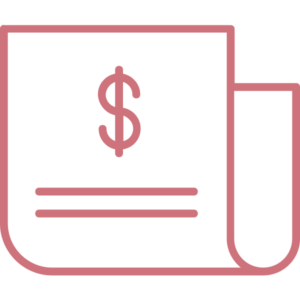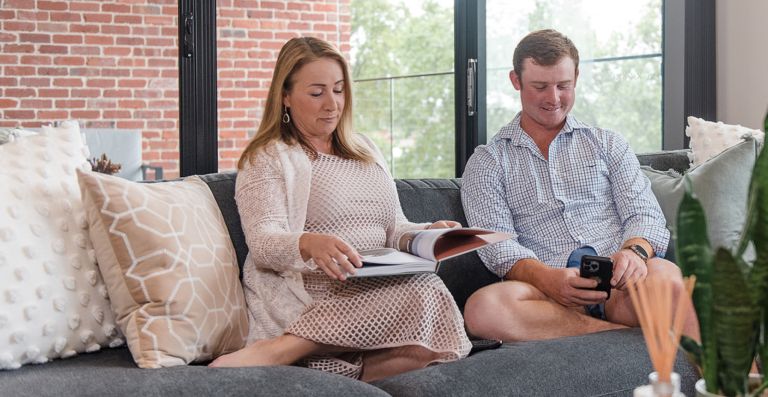1. Get clear on where you are
The first step to financial freedom is understanding where you’re at. The easiest way to get started is to do a self-audit. Think of it like a check-up for your finances. It’s your chance to see exactly what you’re earning and where that money is going.
3. Make a plan for how to get there
Feel like you’ve got a good handle on your finances? Now the fun begins – turning that financial self-audit into a budget.
Okay, it may not sound like the most fun, but it is one of the best ways to reach your savings goals. Go through all your transactions and categorise them into things like bills, transport, groceries, etc.
Some expenses you won’t be able to do much about – looking at you rent and groceries – but others might have snuck up on you. Try to find some areas where you could cut back and add the difference to your savings.
Remember to make room for a little fun, too. If your budget is too strict, you’ll likely leave it behind. Better to be realistic and plan for moments you love as well as saving for the future.
Bank online, anytime
Do more with your money
Different strokes for different folks
It doesn’t matter who you are, what your savings goals are, or what stage of life you’re in. We’ll help you save bigger and earn better so you can reach your dreams – whatever they may be.
I am looking to...
save for the next big thing
I am looking to...
save for my retirement
I am looking to...































